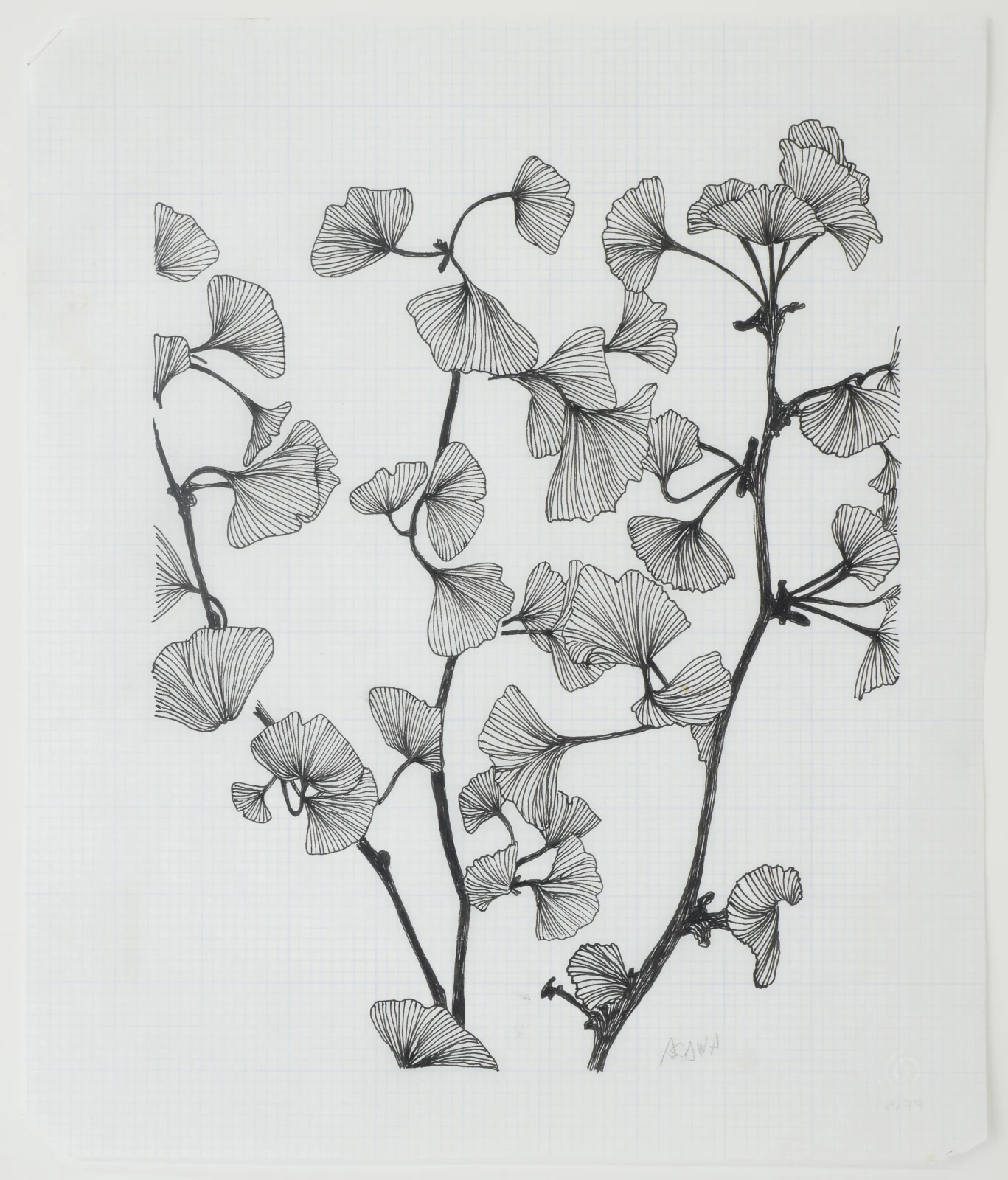
- This exhibition has passed.
Off the Grid: Post-Formal Conceptualism
April 11, 2023 @ 11:30 am - May 20, 2023 @ 5:30 pm

This sprawling group exhibition traces the use of the form of the grid in contemporary art, beginning with some of its most illustrious mid-20th century proponents. From there, it examines conceptual uses of the grid from the 1970s and 80s and utilizes that history to establish a vantage point from which to explore a current resurgence in the motif among contemporary artists of wide-ranging cultural backgrounds.
The grid, as a form, existed in the warp and weft of the first loom. It was used decoratively by the Sumerians in 4000 BC, and later by the Romans and in early Islamic art. During the Enlightenment, the grid embodied rationality, and became a favored form for the organization of scientific material and cabinets of curiosities. Jefferson’s Ordinance of 1785 laid out a grid that would divide the U.S. into townships — both a tool for making sense of an unimaginably vast landscape and for training settlers in values that would support democratic institutions like public schools.
In terms of art, nothing denotes capital “M” Modernism as definitively as the grid. In its early 20th century and post-war incarnations, it stood in opposition to romantic pictorialism. A “contentless” trope — solely about pure form and color — that nevertheless represented the promise of a tidier, more egalitarian future. The grid became an optimistic metaphor for order, and a leitmotif for the hope of stability.
California artist Ruth Asawa is best known for her sculptures made of curved lines — but the basis of her work was always a grid. The undulating forms of her hanging orbs and the sensuous lines of her works on paper refer to the organic shapes and corporeal feel of three-dimensional space, but they also bring to light the historical ways in which artists have used grids to organize space and delineate subjects.
Hours:
Tu, W, F, Sat 10am-5:30pm
Thurs 11am-7pm
